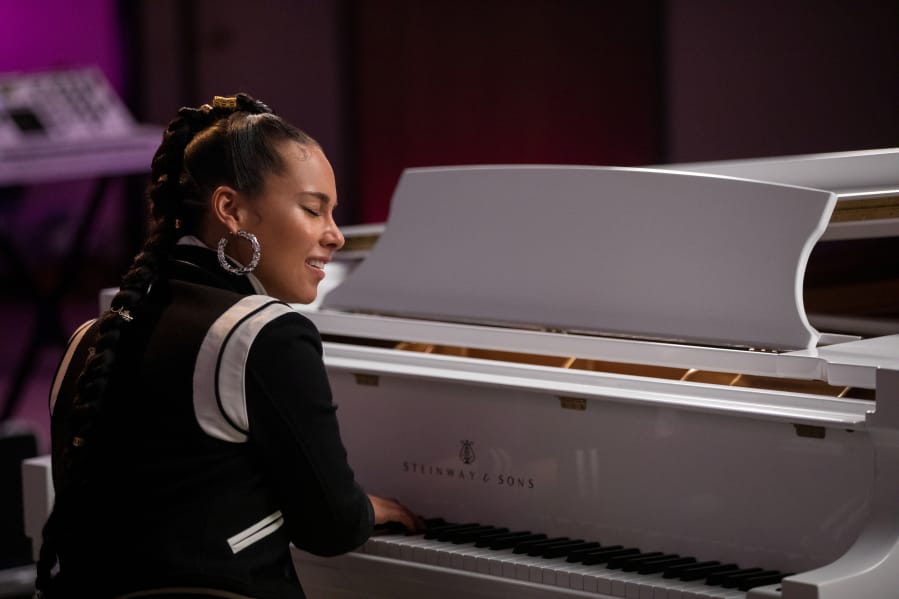Among the first instruments you hear in “Losing My Religion,” the 1991 smash hit by R.E.M., is a mandolin. Played by guitarist Peter Buck, the minimalist melody moves through the song virtually unimpeded. Take it away and the song collapses. Opt instead for a piano, saxophone or a distorted electric guitar and it’s a different thing altogether.
But why? And how did that mandolin riff, combined with bassist Mike Mills’ fluid undercurrent, Bill Berry’s disco-informed drumming and singer Michael Stipe’s disorienting confession “Oh no I’ve said too much / I haven’t said enough” come to propel an already successful band from Athens, Ga., to the next level of stardom?
“Peter … was tired of being an electric guitar god, and he wanted to explore acoustic instruments and go in a different direction,” explains Stipe in one of the inaugural episodes of “Song Exploder,” a new Netflix series adapted from creator Hrishikesh Hirway’s acclaimed podcast of the same name. Each of the four episodes, which began streaming on Friday, focus on a single song, and across 25 minutes Hirway grills the artist on how the work was created.
“It was time to do something different,” adds Buck in the R.E.M. episode, of the “Losing My Religion” riff. “We just thought, ‘We’ll make a record that will destroy our career and it’ll be cool.'”



